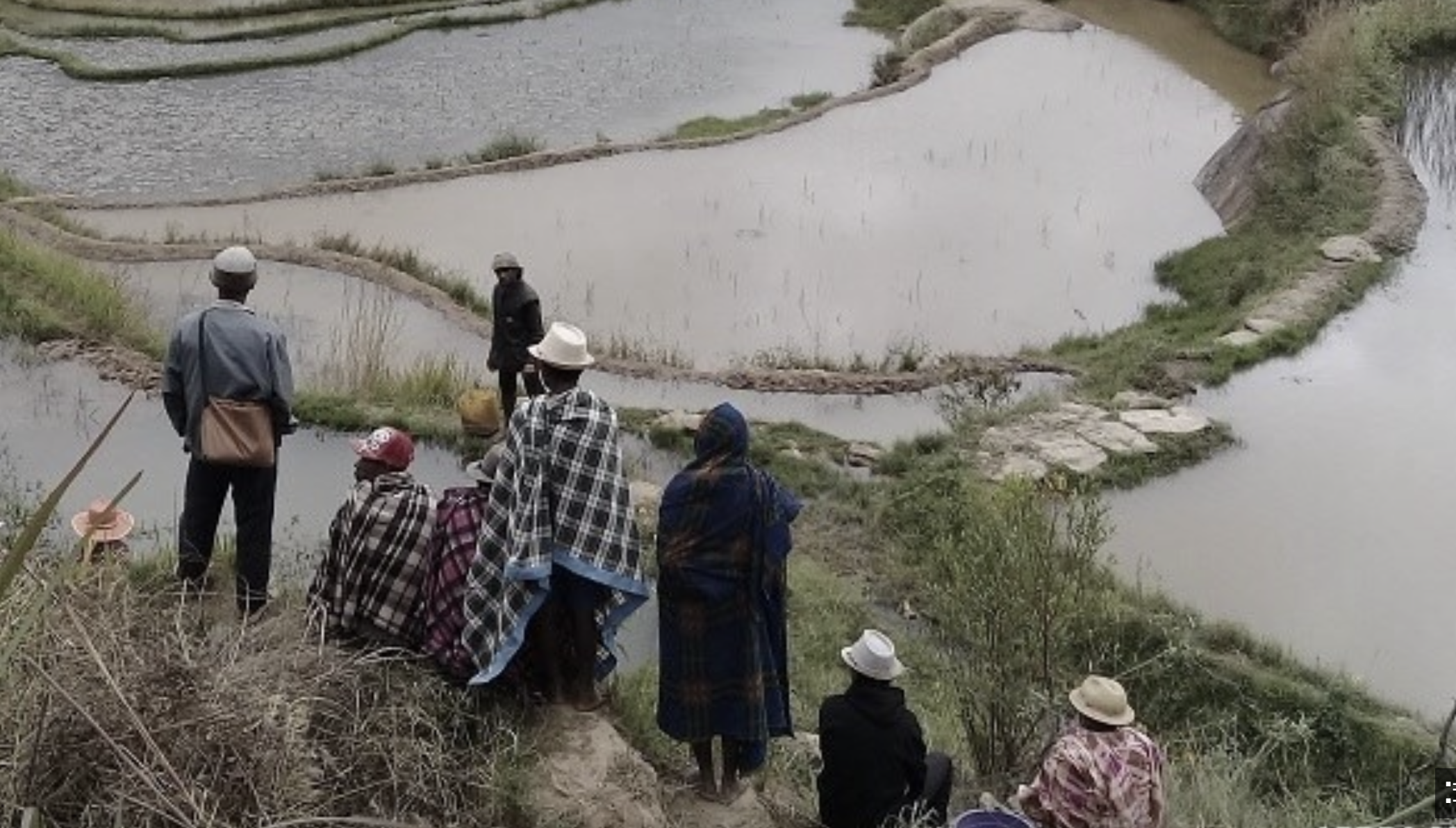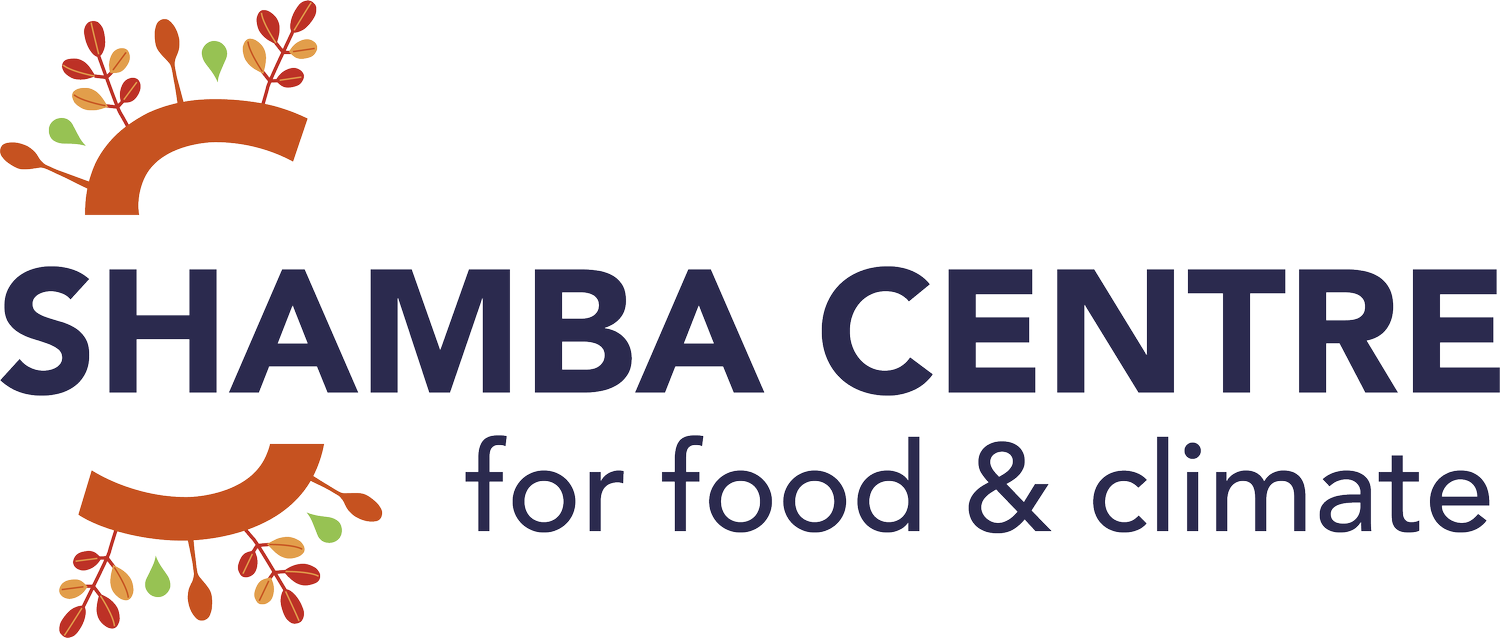
Evaluating intensive and extensive approaches to aquaculture
2 May 2024
The Shamba Centre’s preliminary work on sustainable aquaculture continues to gather momentum with stakeholders asking us the all-important question: Can extensive approaches to aquaculture, such as those proposed and exemplified in our report, Nature-based solutions in small-scale aquaculture to improve food security, meet the nutrition demands of a growing population?
Moreover, do these approaches have a robust business case to attract public and private investment? Given that we are now in a 1.5 degree climate scenario, intensive aquaculture will be more expensive and require a lot more inputs. Moreover, given the poor environmental, social and human-health track record of intensive aquaculture, global societies can no longer accept the associated externalities. There must be a place for designs that mimic or are built with nature, such as fish farms alongside mangrove integrated estuary or in combination with rice paddies.
The challenge is that farmed fish account for 50% of the aquatic foods produced globally. The aquaculture industry has an estimated worth of US$ 80 billion and employs nearly 60 million people. Billions of people rely on aquatic foods for essential vitamins and proteins (see the above-mentioned report). But the life cycle costs of feed, fuel, chemical inputs and pollution, coupled with the resulting impacts on human health from eating fish farmed with so many biotics and synthetics are simply too high.
The Shamba Centre is partnering with the Deutsche Gesellschaft für Internationale Zusammenarbeit (GIZ) and the Nature-based Infrastructure Global Resource Centre at the International Institute for Sustainable Development (IISD) to dig deeper into the benefits, costs and trade-offs of extensive aquaculture. The collaboration will focus on a valuation of the rice-fish farming projects funded by GIZ in Madagascar. GIZ will provide project specific data and, together with the Shamba Centre, inputs on the design of the simulation. The Nature-based Infrastructure Global Resource Centre will conduct the simulation and valuation.
The rice-fish farming projects are discussed in the Shamba Centre report on Nature-based solutions in small-scale aquaculture (see pages 35-41). The valuation and modelling approach used by the Nature-based Infrastructure Global Resource Center is based on IISD’s Sustainable Asset Valuation (SAVi) methodology, which uses systems thinking and simulation to provide a systemic project analysis and a project finance assessment.
The GIZ’s rice fish farming projects are an excellent example of extensive aquaculture. Rice and fish are farmed together in the same rice fields with no agro-chemical inputs. The valuation and simulation will compare and contrast this with several other fish farming designs:
Semi-intensive fish farming that uses naturally fertilising ponds as well as supplementary industrial feeds
Intensive net cage farming in large bodies of water and relies upon formulated feeds in large water bodies
Intensive fish farming in fish tanks using recirculating aquaculture systems and relying upon industrial feeds
The simulation will also include what will happen to these designs under a 2 degree global warming scenario, a rise in the price of formulated fish feeds, the interruption international supply chains, a rise in the cost of electricity, etc. GIZ and the Shamba Centre will use the valuation to further explore the business case for extensive aquaculture and its contribution to food security and healthy diets.
The Shamba Centre is also integrating aquaculture in ongoing country advisory services including the evidence-based and costed country roadmaps. Most exciting, perhaps, is that this project begins to break down silos between food and nutrition communities and those working on climate and nature. Getting food systems right is a precondition for addressing climate change and biodiversity loss. Ending hunger and providing healthy diets cannot be at the expense our planetary boundaries.
This study is an important step in the right direction.
